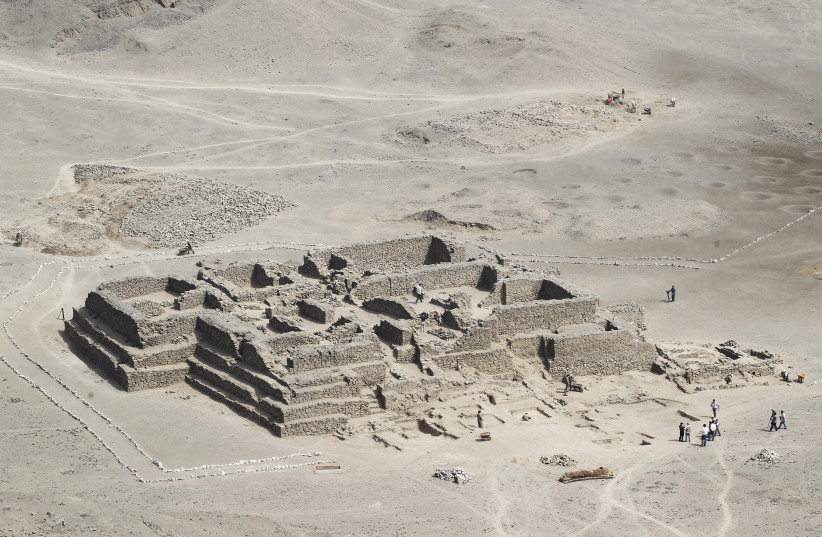Archaeologists discovered a temple in Peru that was constructed over 1,200 years ago by the Wari Empire, according to a study.
According to the peer-reviewed study, which was published earlier this month in the Journal of Anthropological Archaeology, the temple was built on top of a platform with adjoining structures in which religious officials would have lived.
The Wari controlled large parts of modern-day Peru using tactics ranging from military force to the expansion of trade routes, according to David Reid, study author and postdoctoral research associate in anthropology at the University of Illinois Chicago.
“One of the most effective ways of bringing people into the empire was through shared beliefs and religious practices,” he said. “Open plaza spaces associated with the temple complex at Pakaytambo would have allowed local communities to participate in ritual gatherings organized by the Wari.”
Reid noted that these gatherings were likely crucial for maintaining political authority across the geographically vast Wari Empire.

“Temple complexes of premodern states served critical roles beyond that of a religious function.”
David Reid, study author
“Temple complexes of premodern states served critical roles beyond that of a religious function. Both political and economic activities were often embedded within state-sponsored rituals, ceremonies, and events organized by temple institutions,” he said.
Research includes first conclusive evidence of regional Wari imperial presence
Reid added that the findings include the first conclusive evidence of a Wari imperial presence in the region.
“Archaeological investigations at the newly discovered temple center of Pakaytambo provide the first conclusive evidence of an intrusive Wari imperial presence in the Majes-Chuquibamba region of Arequipa, Peru,” he said.
